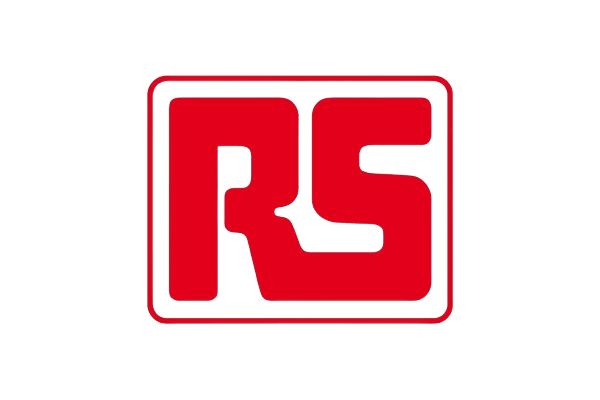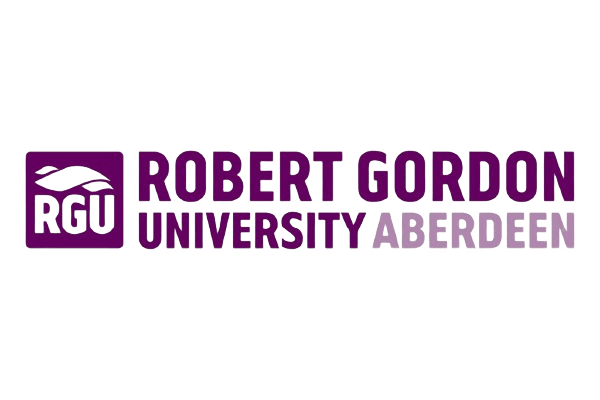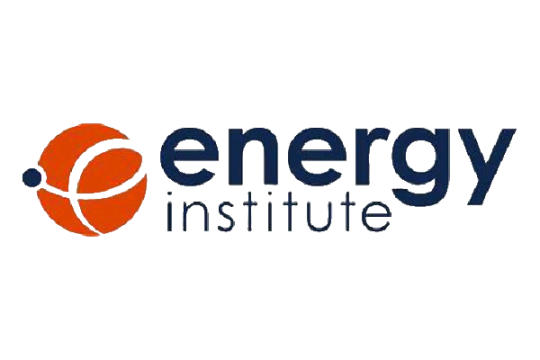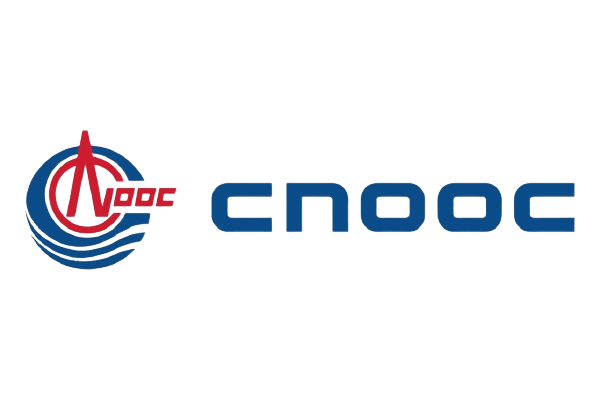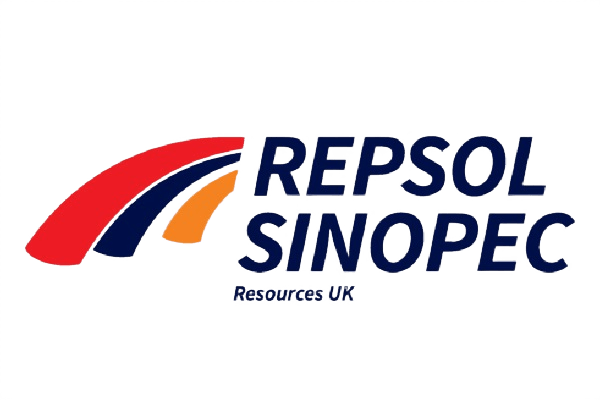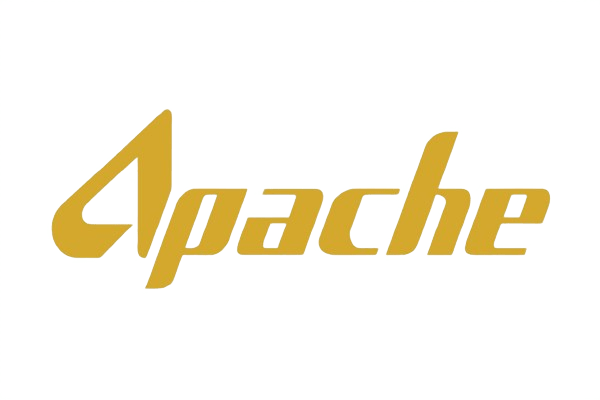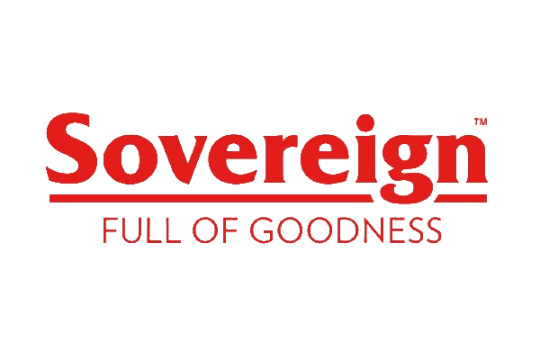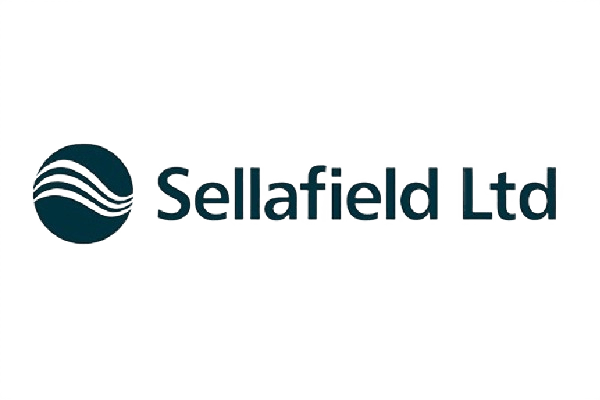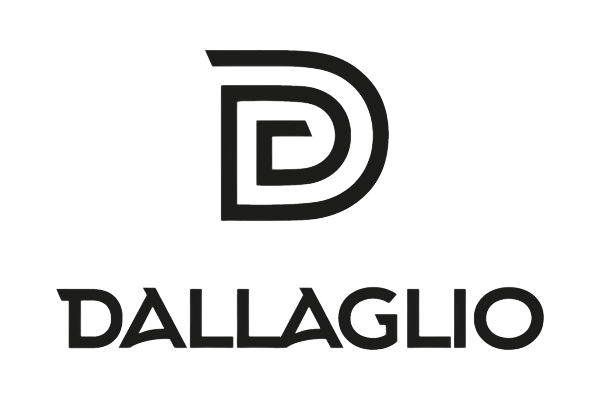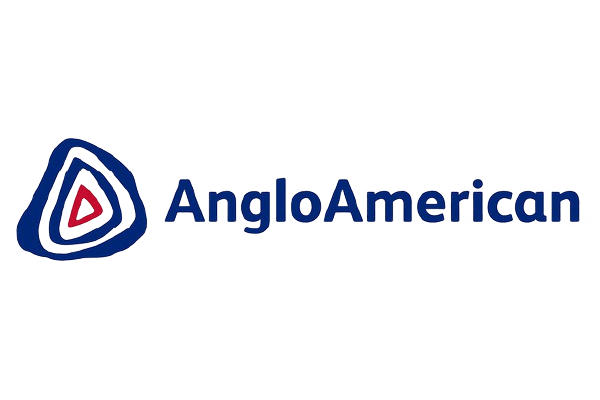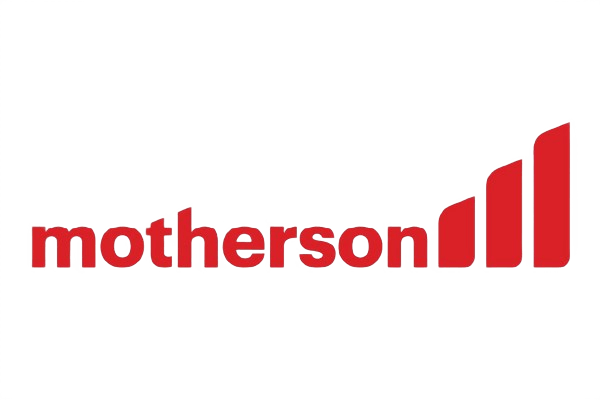Lifecycle cost analysis (LCA) is an approach used to assess the total cost of an asset. LCA helps decision-makers measure the commercial sustainability of their assets. When calculating the total cost of ownership over the lifespan of an asset, you increase your organisation’s value and gain a clearer picture of whether to maintain, overhaul or replace certain assets or dispose of them altogether. This reduces the cost of investment and allows you to capitalise on the profitability an asset will return.
With our expertise in implementing lifecycle models for physical assets, we can help asset managers discover ways of reducing operating expenses and capital expenditures by getting the most out of the useful life of an asset.
Are you facing any of these issues?
- Replacement age for key assets is unknown
- Major asset selection not being considered through “whole of life cost”
- How to improve current asset performance through effective allocation of resources
- Whether to overhaul or replace ageing assets
- How to effectively target capital investment for new assets/asset features.
Optimal’s Lifecycle Cost Analysis generates whole of life cost models for major assets, using detailed equipment characteristics and maintenance cost forecasts as a base. These models are used to ascertain the optimum replacement age of critical assets or to determine the investment alternative from a range of options.
Benefits of Optimal’s LCA analysis:
- Achieve optimal performance of current and legacy assets
- Make informed decisions that reduce lifecycle costs even when individual asset cost data is not available
- Guide the development and implementation of working methods to realise the full potential of assets or increase value added from new assets before day one operation
- Encourage conversations about the impact of future challenges to facilitate innovation, engagement and active improvement culture.



